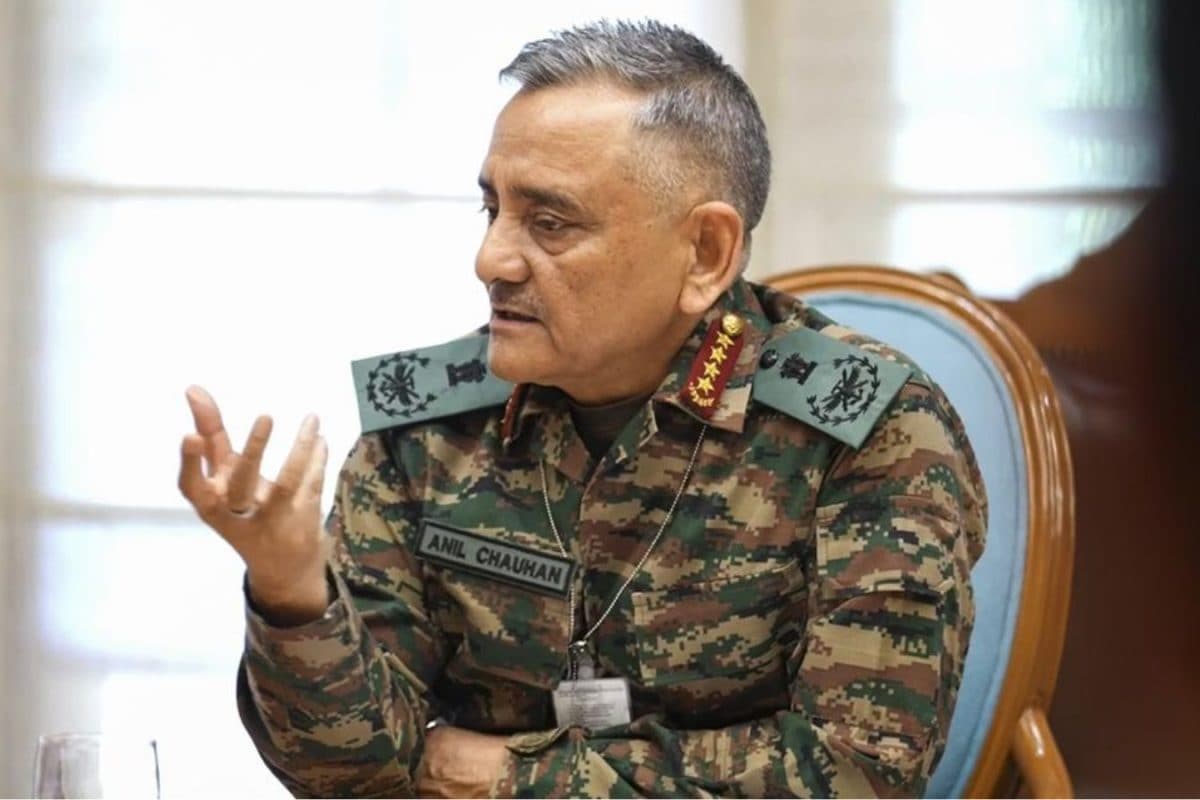

Recent statements by India's Chief of Defence Staff (CDS) General Anil Chauhan signal a significant shift in India's approach to cross-border terrorism emanating from Pakistan. Speaking at the Shangri-La Dialogue in Singapore, Gen. Chauhan articulated a clear and resolute stance, effectively drawing a new "red line" against future terror attacks. This declaration follows the recent Pahalgam terror attack and Operation Sindoor, India's retaliatory operation targeting terror infrastructure within Pakistan and Pakistan-occupied Kashmir.
Gen. Chauhan's message underscores a departure from previous strategies, emphasizing punitive deterrence and a willingness to respond decisively to any future provocations. He affirmed that the Indian Armed Forces are prepared 24/7 and that any future attacks will be met with a powerful response. This assertive posture aims to establish a new norm in India-Pakistan relations, one where cross-border terrorism is met with swift and decisive action.
The CDS's remarks provide valuable insight into Operation Sindoor, revealing that it was a "non-contact, multi-domain mission" incorporating distributed force application, cyber warfare, disinformation campaigns, intelligence capabilities, and network-centric operations. He highlighted the operation's focus on targeting terror infrastructure within Pakistan and Pakistan-occupied Kashmir, showcasing India's strategic shift towards remote precision strikes. While acknowledging initial setbacks and tactical errors during the operation, Gen. Chauhan emphasized the ability of the Indian forces to quickly adapt, rectify those errors, and achieve decisive air superiority, ultimately penetrating deep into Pakistani territory with impunity to strike airbases, including those near Islamabad. According to reports, the strikes were carried out with pinpoint accuracy.
This narrative challenges previous accounts and political criticisms surrounding Operation Sindoor. Some political figures had questioned the government about alleged losses of fighter jets, including Rafale aircraft, during the operation. Gen. Chauhan addressed these concerns by acknowledging initial losses due to tactical mistakes, but he also emphasized the rapid rectification of these mistakes and the subsequent success of the air strikes. He refuted Pakistan's claims of shooting down six Indian jets. The CDS's explanation seeks to clarify the events of Operation Sindoor and counter disinformation surrounding the conflict.
The decision to halt Operation Sindoor after 72 hours, according to Gen. Chauhan, was a strategic one, aimed at sending a clear message about India's resolve and capabilities. He highlighted that India has moved ahead of Pakistan in various developmental indices and that engagement efforts have been met with hostility. He conveyed that any future provocation from Pakistan would be met with a firm and decisive response, reinforcing India's commitment to countering terrorism.
The implications of this new "red line" are significant. It signals a more assertive and proactive approach to dealing with cross-border terrorism, potentially altering the dynamics of the India-Pakistan relationship. The emphasis on punitive deterrence suggests that India is prepared to use military force as a response to terror attacks, raising the stakes for Pakistan and potentially escalating tensions. The success of Operation Sindoor, despite initial setbacks, demonstrates India's growing military capabilities and its willingness to project power across its borders. This serves as a clear warning to Pakistan that supporting or harboring terrorists will have serious consequences. However, this new approach also carries risks. The potential for escalation and miscalculation remains a concern, requiring careful diplomacy and strategic communication to manage the risks.